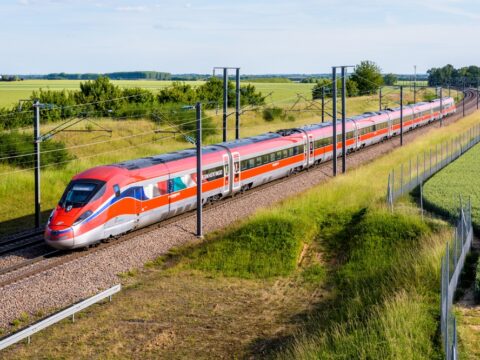Commercial aviation is evolving rapidly, thanks to groundbreaking technologies that are transforming the industry. From sustainable fuels to advanced air traffic management, these innovations are making air travel safer, more efficient, and environmentally friendly. In this article, we explore 20 transformative technologies shaping the future of commercial aviation.
Contents
Autonomous Flight Systems
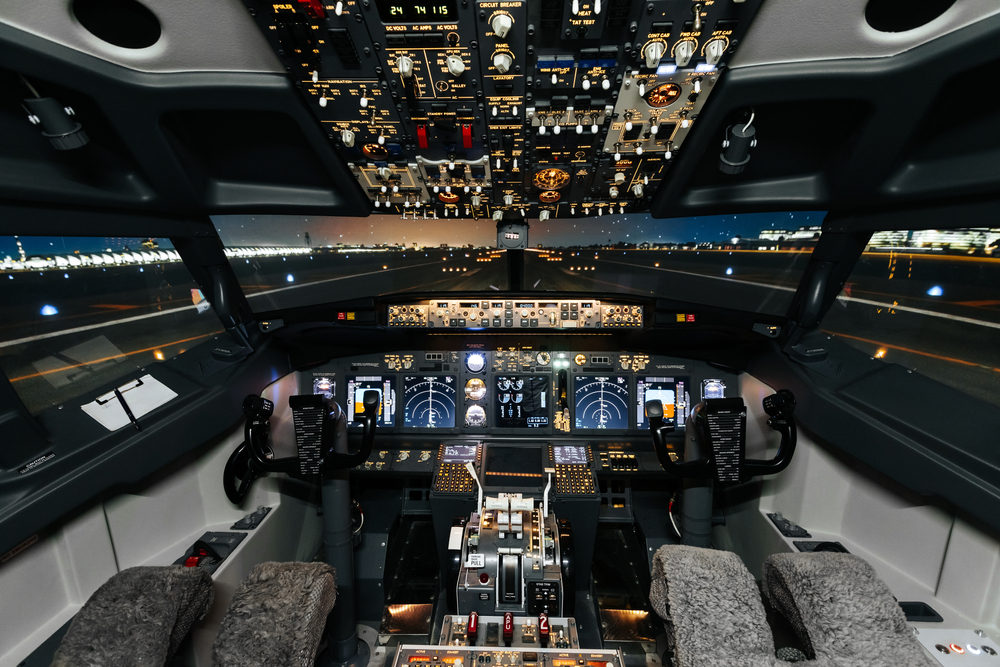
Autonomous flight systems are poised to revolutionize aviation by reducing the reliance on human pilots. These systems use advanced algorithms and AI to navigate, take off, and land aircraft safely. Increased automation can enhance safety by minimizing human error.
Supersonic Travel
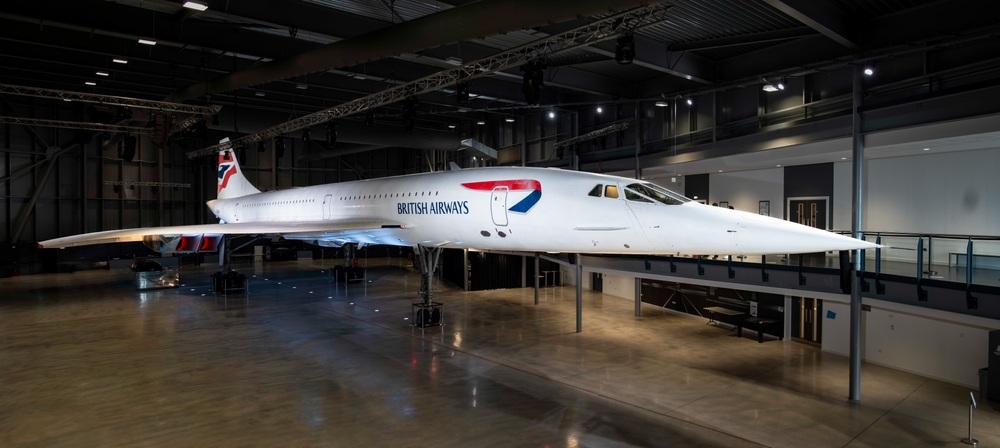
Supersonic travel is making a comeback with new technologies aimed at overcoming the noise and environmental concerns of past models. Companies are developing quieter, more fuel-efficient supersonic jets. These jets promise to cut transcontinental travel times in half, making international business and leisure travel more efficient.
Sustainable Aviation Fuels (SAFs)
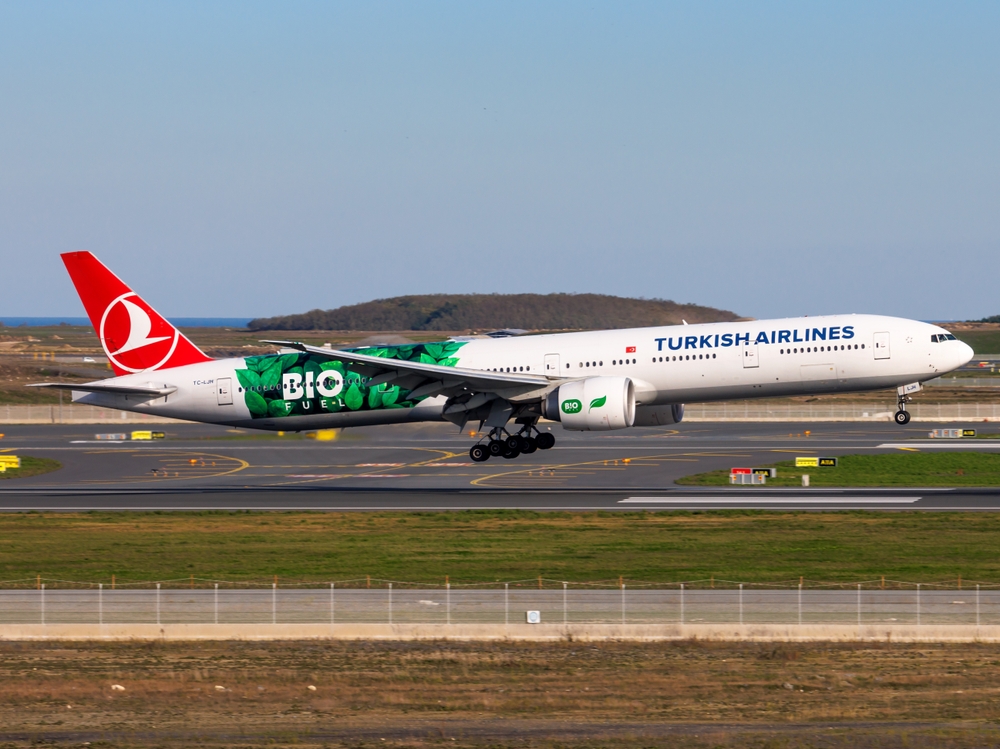
Sustainable aviation fuels are critical for reducing the carbon footprint of air travel. These fuels are made from renewable resources and produce significantly lower greenhouse gas emissions. Airlines are increasingly adopting SAFs to meet environmental goals.
Blended Wing Body (BWB) Aircraft
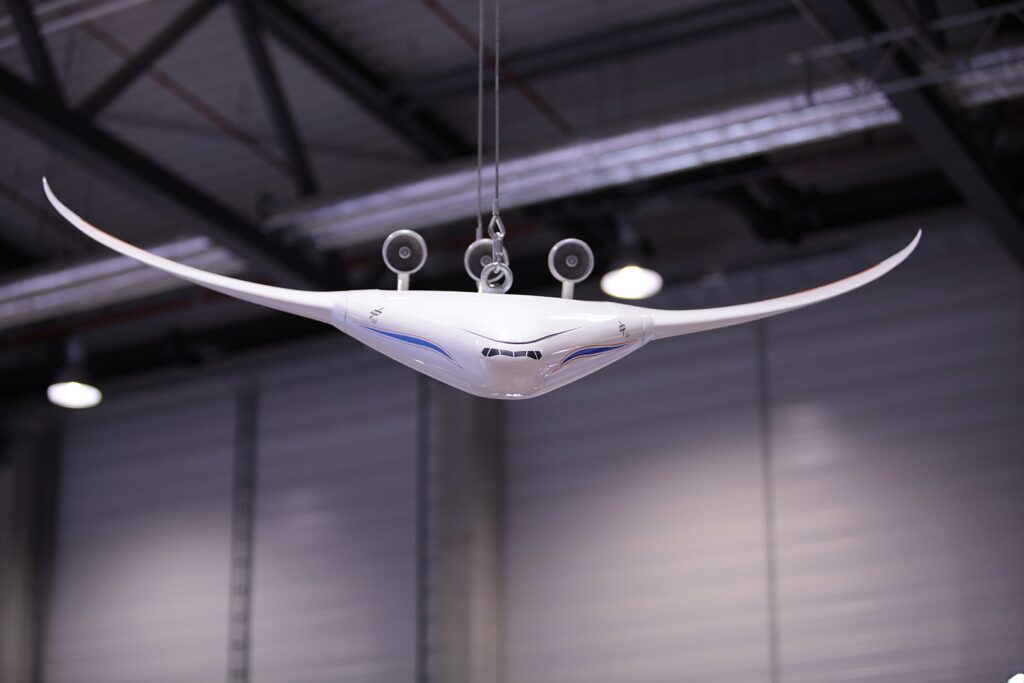
Blended Wing Body aircraft feature a revolutionary design that integrates the wings and fuselage into a single structure. This design improves aerodynamic efficiency and reduces fuel consumption. BWB aircraft can also offer more interior space for passengers and cargo.
Advanced Air Traffic Management (ATM) Systems
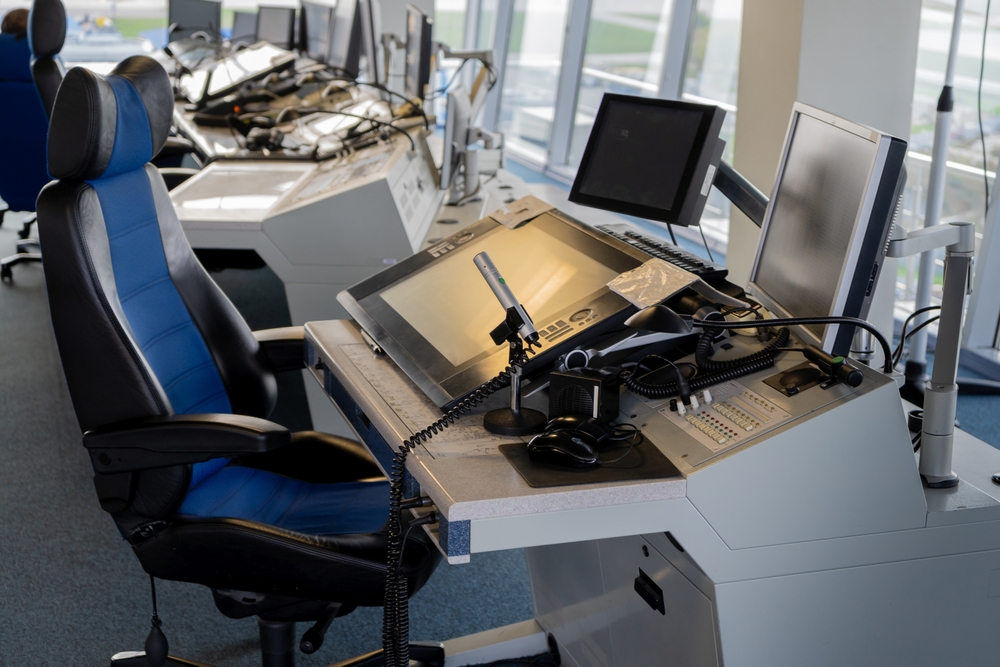
Advanced ATM systems use real-time data and AI to optimize flight routes and airspace usage. These systems can reduce delays, fuel consumption, and emissions by enabling more direct and efficient flight paths. They also improve safety by providing better situational awareness for air traffic controllers.
Next-Generation Jet Engines
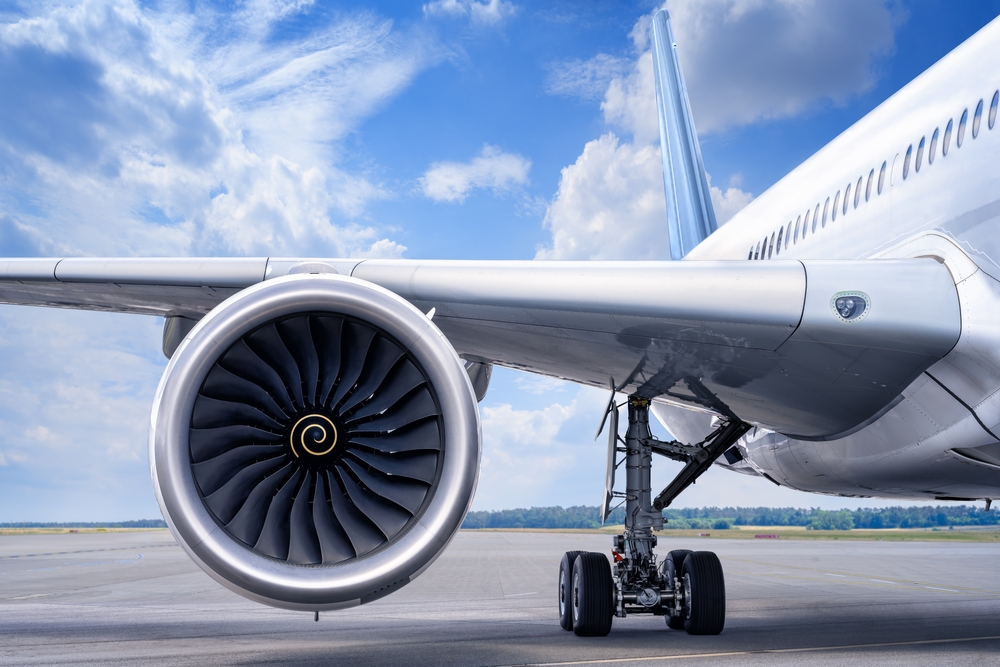
Next-generation jet engines are being developed to be more fuel-efficient and environmentally friendly. Innovations include geared turbofan engines and open-rotor designs, which offer significant reductions in fuel burn and emissions. These engines also promise lower maintenance costs and improved performance.
Hybrid-Electric Propulsion
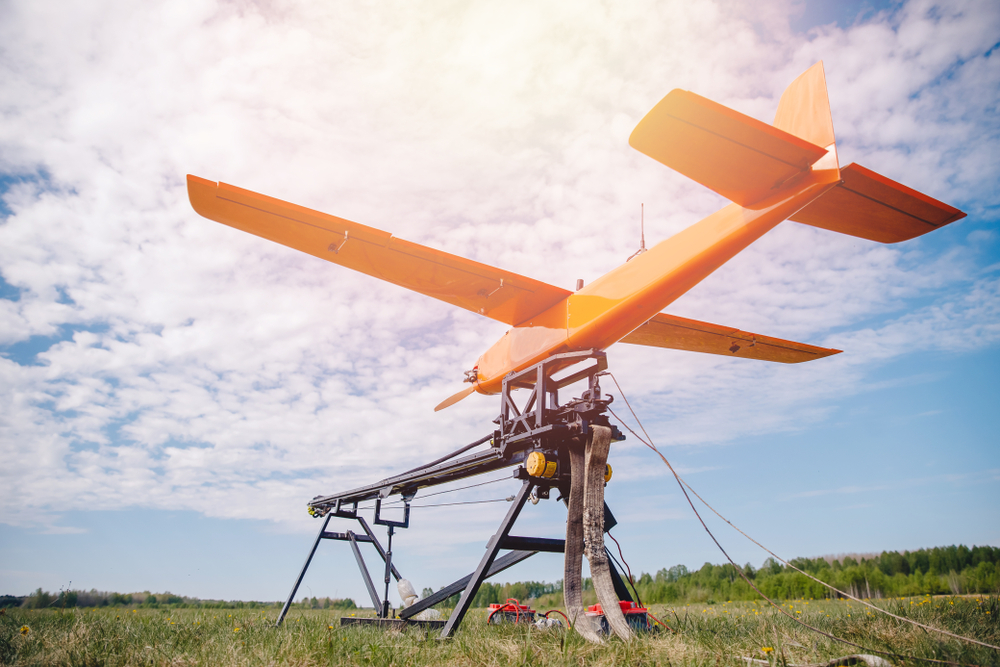
Hybrid-electric propulsion combines traditional jet engines with electric motors to improve efficiency and reduce emissions. This technology allows for quieter takeoffs and landings, which can mitigate noise pollution near airports. Hybrid systems also provide a stepping stone towards fully electric aircraft.
Smart Airports
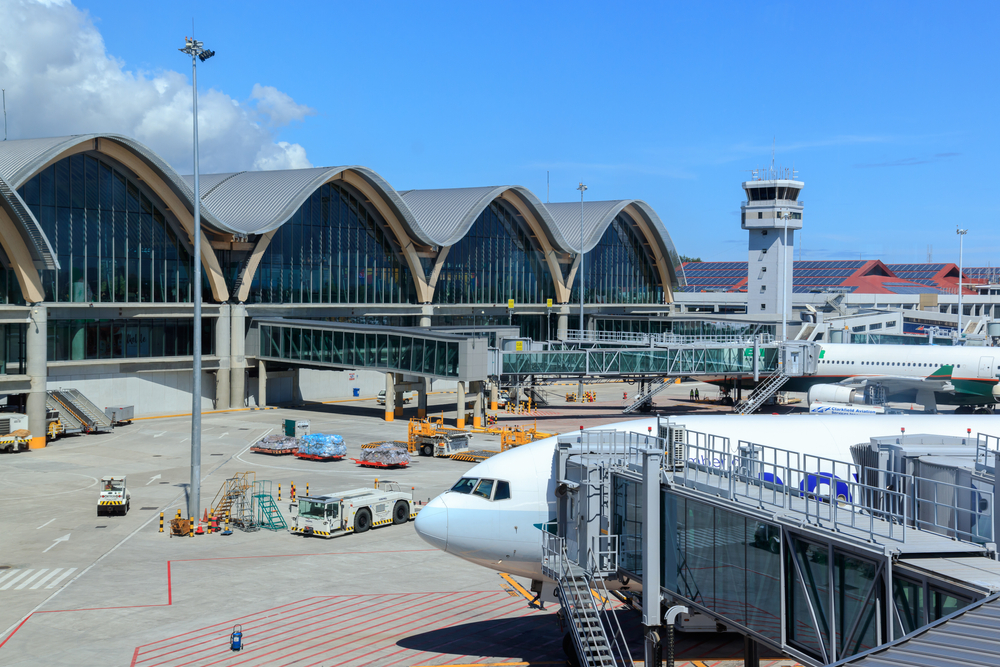
Smart airports leverage IoT, AI, and big data to enhance passenger experience and operational efficiency. These technologies enable seamless check-ins, real-time baggage tracking, and personalized services. Smart airports also improve security and reduce wait times through automation and predictive analytics.
Vertical Take-Off and Landing (VTOL) Aircraft

VTOL aircraft, including air taxis and drones, are set to transform urban air mobility. These aircraft can take off and land vertically, eliminating the need for long runways. They offer a solution to urban congestion by providing fast, point-to-point travel.
Cybersecurity Solutions

As aviation becomes more digital, cybersecurity is critical to protect systems and data from cyber threats. Advanced cybersecurity solutions are being developed to safeguard aircraft, air traffic control, and passenger information. These solutions include encryption, intrusion detection systems, and AI-driven threat analysis.
3D Printing and Additive Manufacturing

3D printing is revolutionizing the production of aircraft components. This technology allows for the creation of complex parts with reduced material waste and shorter lead times. Additive manufacturing can produce lightweight and strong components, contributing to overall aircraft efficiency.
Enhanced Cabin Experience

Innovations in cabin design and technology are enhancing the passenger experience. These include mood lighting, improved seating ergonomics, and advanced entertainment systems. Airlines are also exploring the use of virtual and augmented reality for in-flight entertainment. Enhanced cabin experience aims to make air travel more comfortable and enjoyable.
Biometric Screening and Boarding

Biometric technologies, such as facial recognition and fingerprint scanning, are streamlining the screening and boarding process. These technologies offer faster and more secure passenger identification, reducing wait times and enhancing security. Biometric systems are being implemented at airports worldwide to improve operational efficiency.
Augmented Reality (AR) for Training
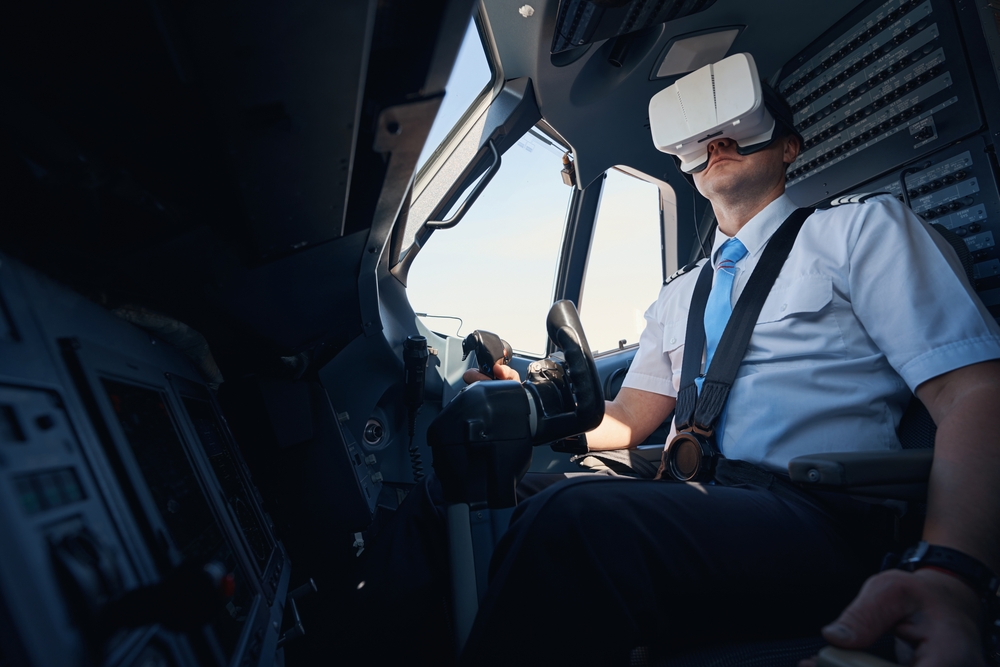
AR is transforming pilot and maintenance training by providing immersive, hands-on experiences. AR systems overlay digital information onto the real world, enabling trainees to practice procedures in a realistic environment. This technology enhances learning and retention, reducing the time and cost of training.
Space-Based Air Traffic Management
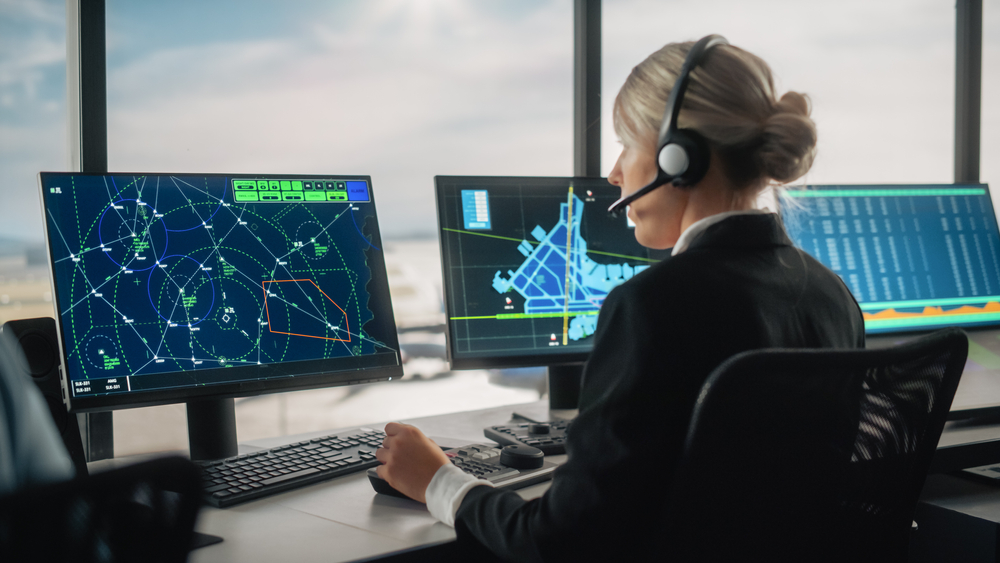
Space-based air traffic management systems use satellites to provide global coverage and real-time tracking of aircraft. These systems offer more accurate and reliable positioning information than ground-based radar. They improve safety and efficiency, especially in remote and oceanic regions where traditional surveillance is limited.
This article originally appeared in MyCarMakesNoise.
More from MyCarMakesNoise
12 Unmanned Space Probes Exploring Our Solar System

The exploration of our solar system has been significantly advanced by unmanned space probes. These remarkable spacecraft have journeyed to distant planets, moons, and even beyond the solar system, providing invaluable data and breathtaking images. Read More.
14 High-Value Antique Tractors for Collectors

Antique tractors hold a special place in the hearts of collectors, combining nostalgia with engineering marvels of the past. These machines, once vital to farming, now stand as cherished relics of agricultural history. Read More.
15 Worst Cars for Resale Value

Buying a car is a significant investment, and while the allure of a shiny new vehicle can be strong, it’s crucial to consider the long-term financial implications of your purchase. Depreciation is a car buyer’s stealthiest expense, quietly eroding the value of a vehicle over time. Read More.

